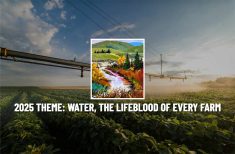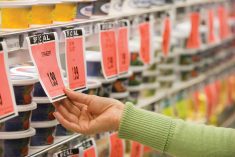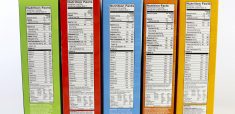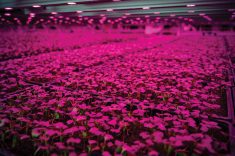A central Alberta grain and cattle producer is sharing what it takes to add a farmers market sideline to a busy commercial farming operation.
Double J Crop and Cattle is a third-generation family cattle and grain farm near Rimbey. In addition to beef (they have 300 head of cattle), they sell pork, poultry and lamb at a local farmers market.
It’s all about quality, relationships and letting the public know they don’t always have to shop in grocery stores, said Double J co-owner Erin Jaffray.
Read Also
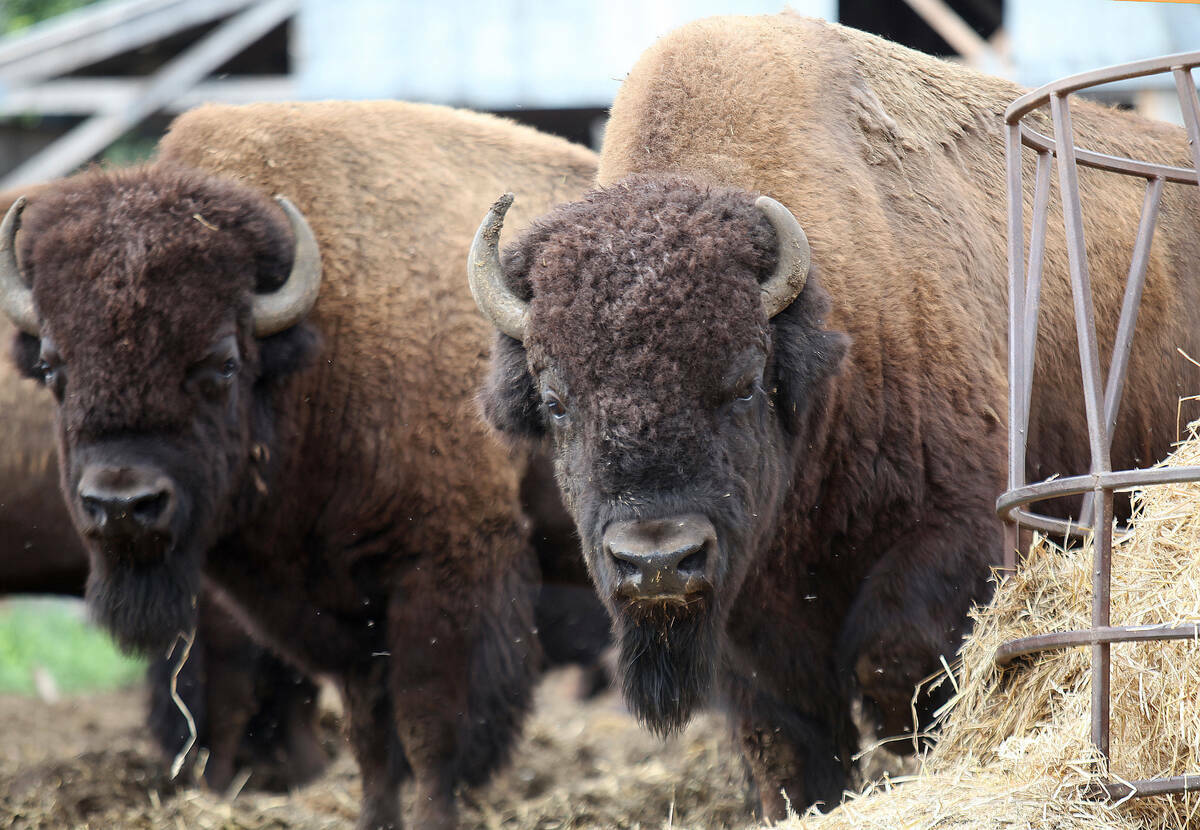
Bison prices remain high, but supply shrinks
Bison numbers are down amid increasing demand and record high market prices.
“We started out just wanting to fill our freezer for ourselves,” she said. “Then some friends and family showed some interest, so we increased those numbers, and then last year we decided to expand into lamb. We picked up about 40 head of ewes and we lambed out our first crop of lambs this spring.”
When the pandemic hit, Jaffray noticed some grocery store shelves were thinning out while she and husband Cody were receiving messages from people looking for meat. That’s when they decided to turn the farmers market idea into reality.
“We wanted to show people this is what’s in their backyards,” she said. “And it’s probably, in some instances, significantly cheaper than the big stores. That’s kind of how it evolved into the farmers market. We thought, ‘well, let’s give this a whirl.’”
Jaffray said they are glad they did, although there was a steep learning curve to understand what products people are willing to buy, and how much.
“We very quickly realized that people were interested and there was a need,” she said.
The goal for her first farmers market was to make $100 but sales quickly went well beyond that.
Her first bit of advice is to make sure would-be farmers marketers have a good relationship with their processors and suppliers – in Jaffray’s case, her butcher.
“Thankfully we have a great relationship with our butcher and our processors, and we were able to call them and say, ‘hey listen, we need to increase the number of animals we’re processing so we can meet this demand.’ They were more than accommodating.”
She also recommends a social media questionnaire asking people what they’re interested in buying.
“Try and get a feel for volume, how much you need to have on hand,” she said. “We definitely underestimated. There were a few weeks where we just didn’t have as much as we wanted.
So these are animals, right? They take time to finish out and process properly. We can’t just run out and grab whatever.”
Once products are identified, Jaffray recommends running with it.
For example, if interested in selling preserves, start with what’s popular, then slide in something unique and encourage customers to try it.
Selling at farmers markets can be fun and uplifting, said Jaffray.
“We’ve developed some really good friendships. As far as the customers go, yeah, we’ve met lots of people. We’ve got quite a few that are repeat customers. The markets we do are our hometown markets – lots of the faces we already know. We’ve just been able to strengthen those connections a little bit.”
Jaffray is also interested in educating her community about local whole foods.
“There’s life beyond the food stores,” she said.

A big business
“Entering this market channel with the right skills can shorten your learning curve and enhance your success,” the association says on its website. “If you are a new vendor, want to refresh your knowledge or manage a farmers market and want to learn skills that you can share with your vendors, this session is for you.”
Resources are available for those who want to start a farmers market business, said Nicola Irving, the association’s president and a 15-year veteran of selling at farmers markets.
Irving and husband Alan own Irvings Farm Fresh, a modern pork processing facility on their farm near Camrose. They produce artisanal products from locally grown pork and specialize in their own free-range Berkshire pork as a primary business.
“The market association is the place to learn everything,” Irving said. “It doesn’t cost much to be a member. It’s like $75 a year. That will give you access to support and specific workshops and webinars that we already have pre-recorded on our website. It will give you information on where to find markets.”
Irving recommends that newcomers find a mentor in the farmers market community. There are many questions to answer along the journey to success.
“I think you need to go and visit the market that you think you’ll want to sell at,” she added. “Go and learn. Go and visit and see what things are like.”
Not all markets have openings.
“The very successful markets sometimes have a waiting list, or you must meet certain criteria to get in,” said Irving. “If they’ve got five people already selling honey, they are not going to bring in another person. And the bigger markets aren’t necessarily the ones where you’ll be successful, either.”



